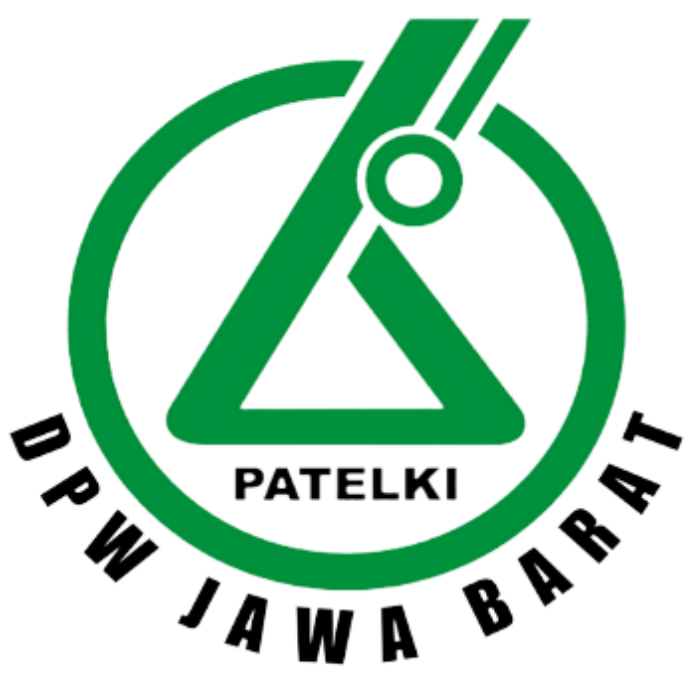Description of the Behavior of Aedes aegypti Mosquito Laying Eggs in Water Contaminated with Animal Feces and Soil
DOI:
https://doi.org/10.52221/mjmlt.v1i1.216Keywords:
Aedes aegypti, Dengue Hemorrhagic Fever, Environmental Conditions, BehaviourAbstract
Background & Objective This study aims to determine the egg-laying behaviour of Aedes aegypti in water contaminated with animal waste and soil, count eggs caught in cages, observe and count the number of healthy and damaged eggs, and compare the number of eggs from each water medium.
Method This study is descriptive, the data were analyzed using the SPSS application, presented in tabular form, and explained in a narrative manner.
Result The results of observations of egg-laying behaviour indicate that water contaminated with animal waste and soil can be a breeding ground for the Aedes aegypti.
Conclusion Based on the results of observations of the behaviour of Aedes aegypti in water media contaminated with animal faeces and soil, it shows a distinctive behaviour, that water contaminated with animal faeces and soil is favoured by Aedes aegypti as a place to lay eggs and breed. The total number of eggs caught was 1,716, with the number of healthy eggs ( 1,219) and the number of damaged eggs (497). Differences in the content contained in the water media affected the laying of Aedes aegypti eggs but did not affect the number of healthy or damaged eggs.
References
Agustin, I., Tarwotjo, U., & Rahadian, R. (2017). Perilaku bertelur dan siklus hidup Aedes aegypti pada berbagai media air. Jurnal Akademika Biologi, 6(4), 71–81.
Agustina, E. (2013). Pengaruh media air terpolusi tanah terhadap perkembangbiakan nyamuk Aedes aegypti. BIOTIK: Jurnal Ilmiah Biologi Teknologi Dan Kependidikan, 1(2), 103–107.
Bustan, A., & Pudjirahaju, A. (2018). Mereduksi amonia kotoran ternak unggas dengan menggunakan kapur dan tanaman kedelai. Jurnal Pengelolaan Lingkungan Berkelanjutan (Journal of Environmental Sustainability Management), 42–54.
Kasenda, S. N., Pinontoan, O. R., & Sumampouw, O. J. (2020). Pengetahuan dan Tindakan tentang Pencegahan Demam Berdarah Dengue. Indonesian Journal of Public Health and Community Medicine, 1(4), 1–6.
Kristina, D., & Dewi, M. S. (2017). Materi Ilmu Ternak Babi. Fakultas Peternakan. Universitas Udayana. Denpasar.
Sabila, M. F., Rahadian, R., & Hidayat, J. W. (2013). Preferensi Peletakan Telur dan Penghambatan Perkembangan Pradewasa Nyamuk Aedes aegypti L. di Berbagai Media Air. Jurnal Akademika Biologi, 2(4), 45–53.
Supriyono, S., Tan, S., & Hadi, U. K. (2019). Ragam Spesies dan Karakteristik Habitat Nyamuk di Kecamatan Juai, Kabupaten Balangan, Provinsi Kalimantan Selatan. ASPIRATOR-Journal of Vector-Borne Disease Studies, 11(1), 19–28.
Syamsir, S., & Pangestuty, D. M. (2020). Autocorrelation of spatial based dengue hemorrhagic fever cases in air putih area, Samarinda City. J Kesehat Lingkung, 12(2), 78–86.
Downloads
Published
How to Cite
Issue
Section
License
Copyright (c) 2023 Firda Yanuar Pradani; Rahayu Nirmatul Mutmainah; Sela Marlina

This work is licensed under a Creative Commons Attribution 4.0 International License.









